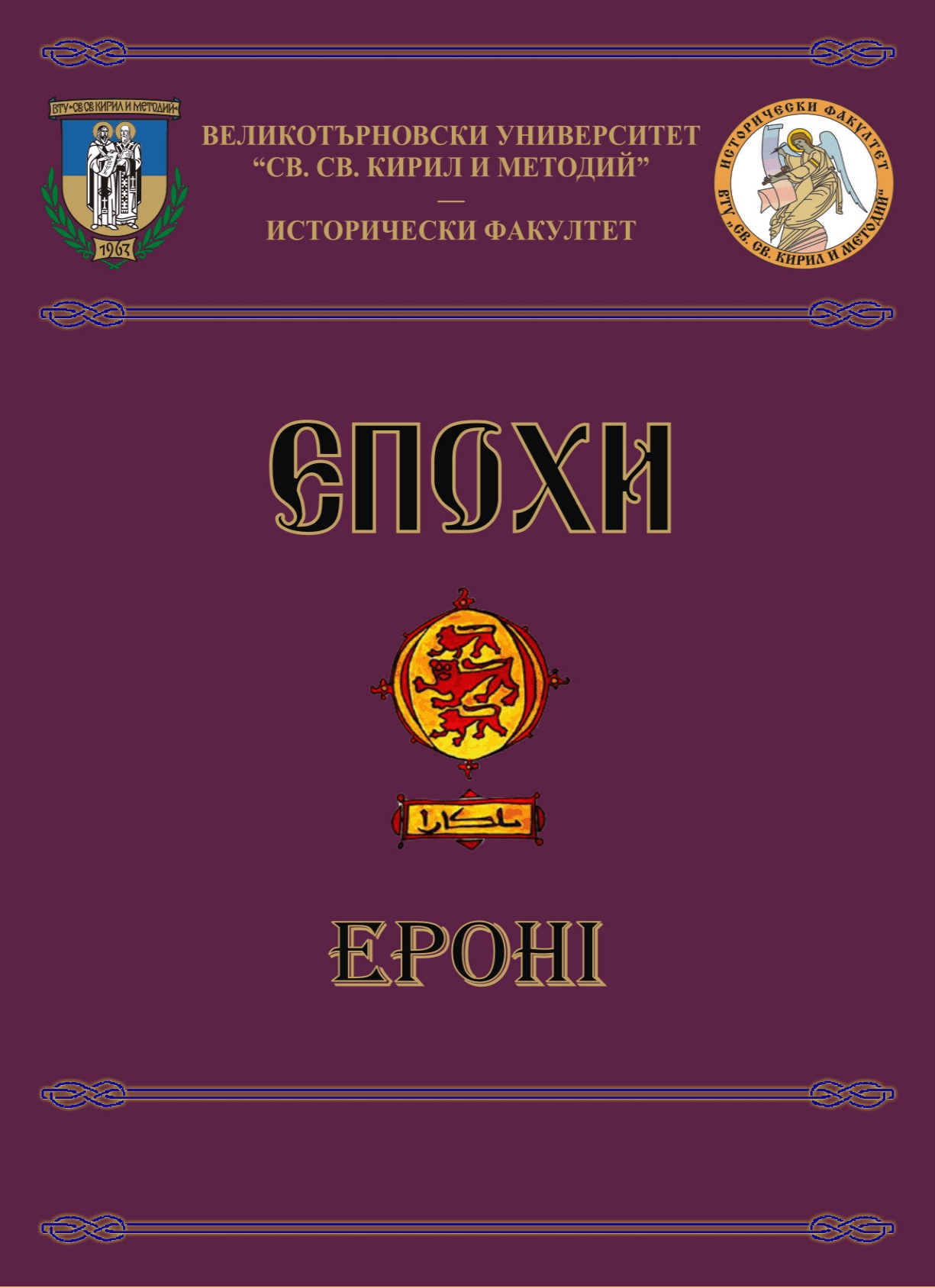
We kindly inform you that, as long as the subject affiliation of our 300.000+ articles is in progress, you might get unsufficient or no results on your third level or second level search. In this case, please broaden your search criteria.

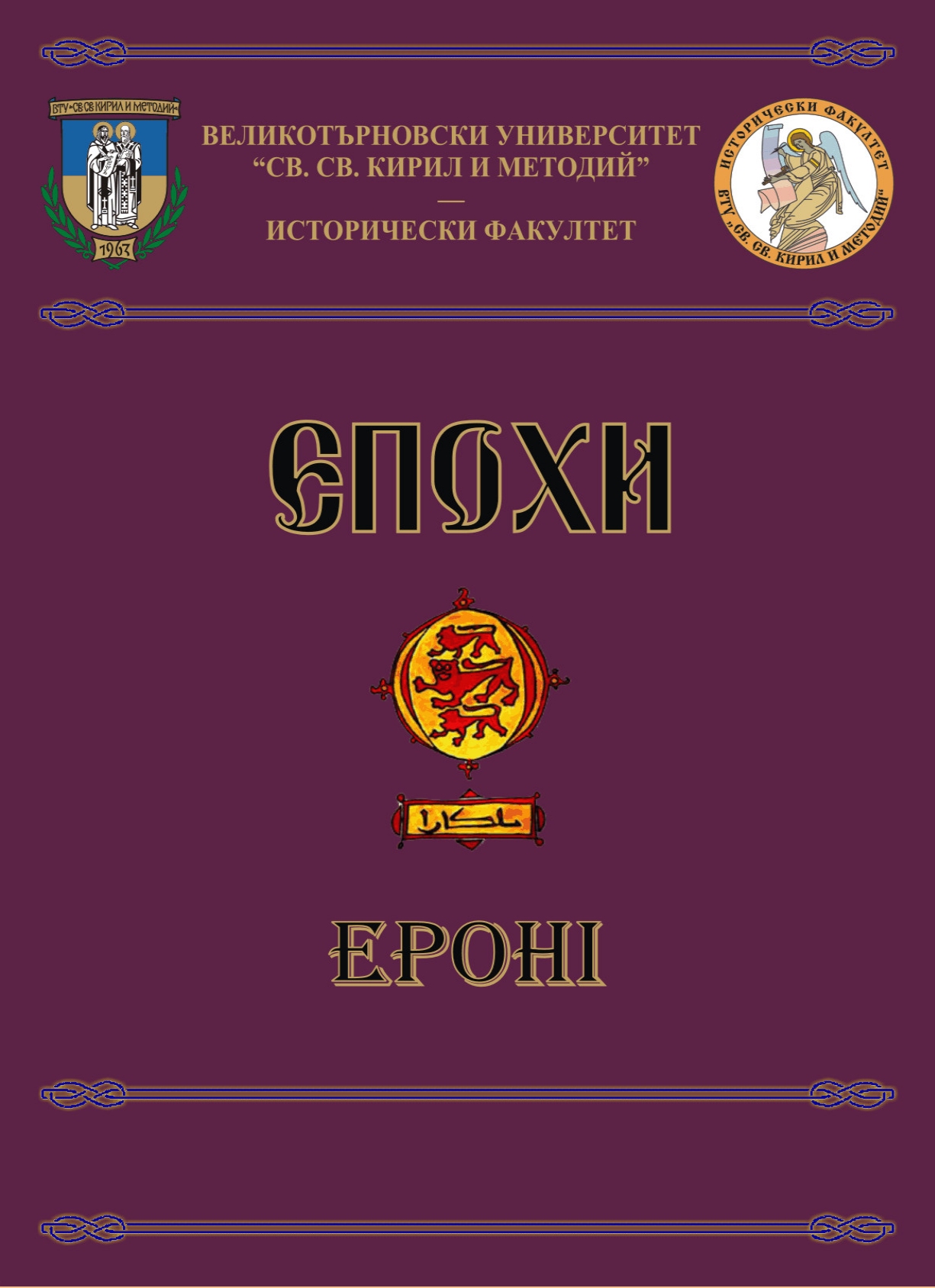
The article dwells on the persecution of Bulgarian communists and other foreigners by the police in Fribourg in February and March 1919. The Federal Prosecution ordered the police force in the city to persecute the suspicious foreign residents, especially those who were suspected of spreading communist ideas. Among those who were subjected to persecution were the Bulgarian communists Kanderev, Mitev and Belchev who were considered to be a threat to the national security. Citizens of Austria, Soviet Russia, and of other European countries were also subjected to prosecution.
More...
The article deals with the establishment and consolidation of the judicial system in the Bulgarian Armed Forces at the end of the 19th and the beginning of the 20th century. The author analyses the main laws and regulations concerning the military jurisprudence in the Bulgarian Principality (Kingdom, after 1908). The article traces the main stages of development of military jurisprudence as well as the practical application of the Military Penal Code.
More...
The article dwells on the Spanish colonial policy during the first half of the 20th century. Special attention is given to the different models of colonization employed by Spain along the Mediterranean coast and in the interior of the country. The article also focuses on the functions and authority of the local institutions in the sphere of religion, law, education, and taxes
More...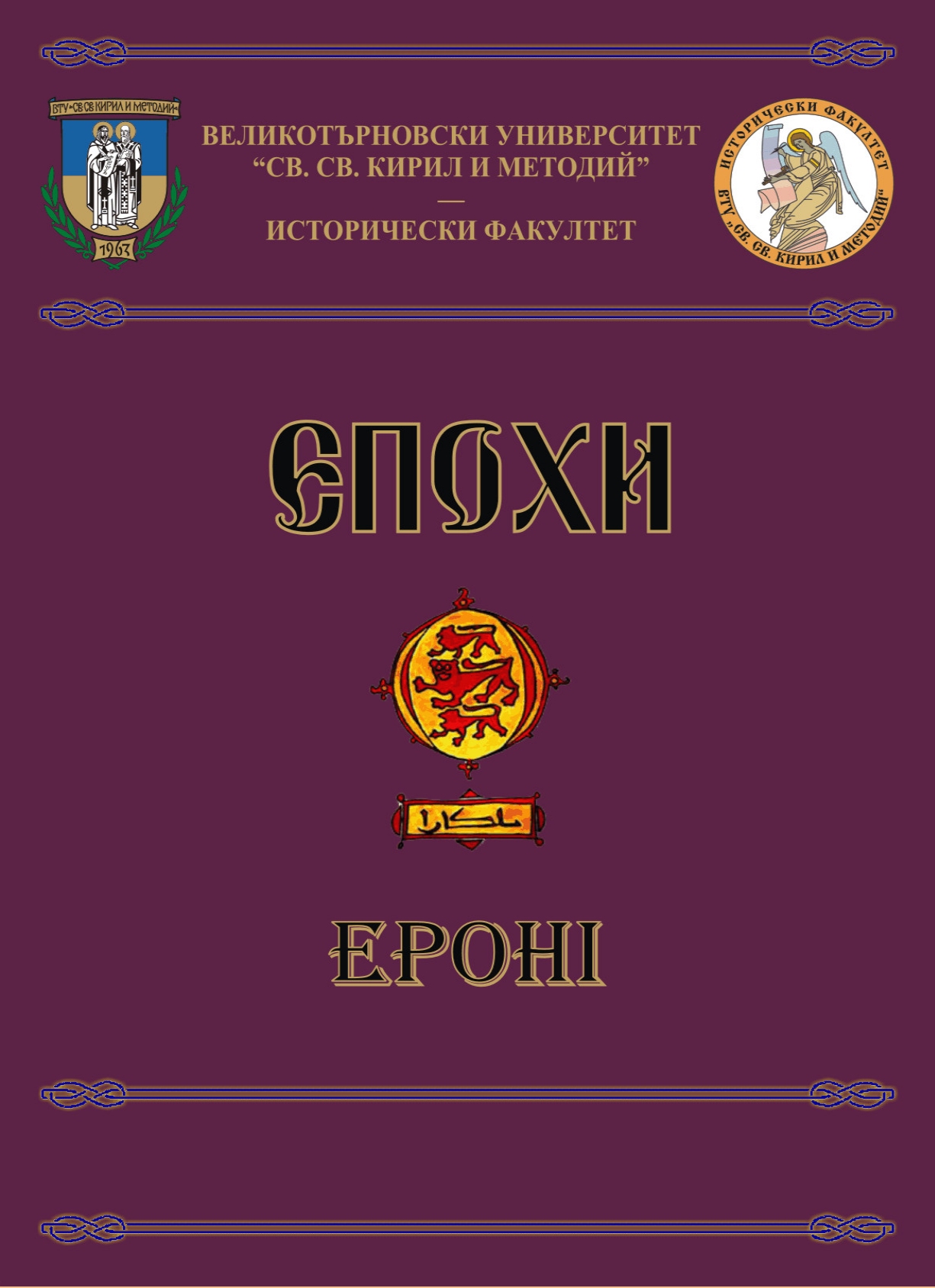
The purpose of this paper is to describe the specifics of the private collections of books, such as the Polish community Podolie in the late nineteenth – early twentieth century in the context of librarian ethnology. The basis of the sources of this study is a department of rare and valuable editions of the regional scientific library in Vinica, which houses over 35 thousand books, some of which are books that have been nationalized in the post-revolutionary times by the Polish Assembly.
More...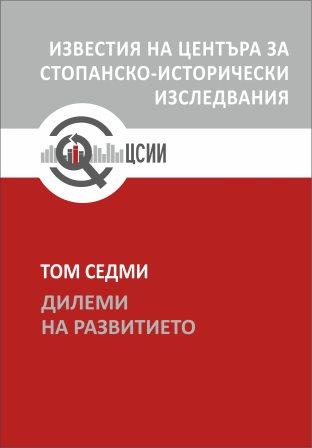
On the basis of a heterogeneous source material, the study reveals the public, economic and strategic rationale of the construction of the Devnya – Dobrich railway line instead of the modetnization of the port Balchik. Tanks to P. Gabe this railway was launched on December 1, 1910. The construction of the railway cost state 5 milion BGN. This amount is much smaller than the one needed for modernization of the, port in Balchik. It helps to strengthen the economic life of Dobrich and also the agriculture of South Dobrudzha.
More...
This paper focuses on narratives about the resettlement of Armenians in 1915. It seeks to understand how a variety of Armenian and Turkish political actors shape international politics by re-narrating the events and pursue to reconstruct the reality in a way that favours their interests. In contrast to previous works highlighting historical and legal perspectives, this paper does not aim to prove or disprove their allegations if the resettlement of Armenians was genocide or not. Rather, I propose to contribute to the literature on aesthetic sources of International Relations by analysing two movies; namely, “The Promise” and “The Ottoman Lieutenant“ to identify how the process of reconstruction and representation have been maintained by Armenian and Turkish political actors. Later on, the power and influences of narratives will be discussed in the nexus of the international relations and diaspora politics.
More...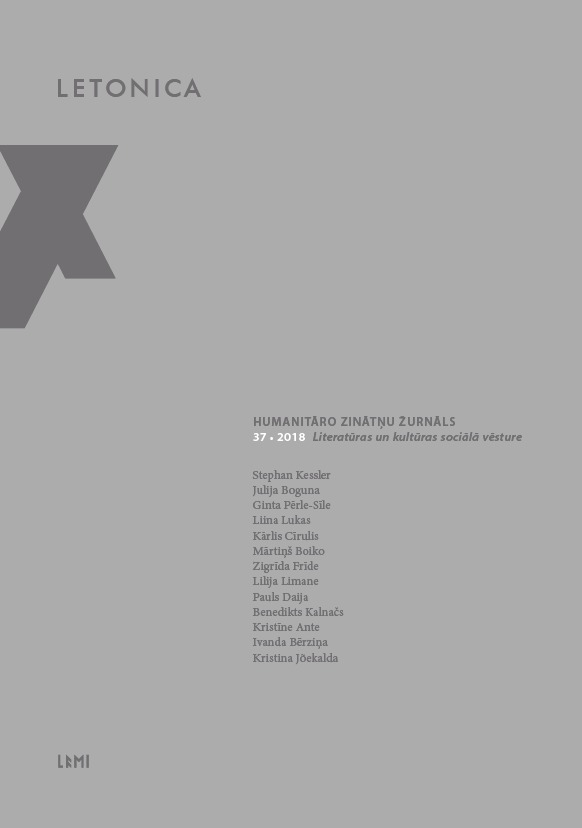
Review of: Benedikts Kalnačs, Pauls Daija, Eva Eglāja-Kristsone, Kārlis Vērdiņš. Fin de siècle literārā kultūra Latvijā. Apceres par literatūras sociālo vēsturi. Rīga: Latvijas Universitātes Literatūras, folkloras un mākslas institūts, 2017.
More...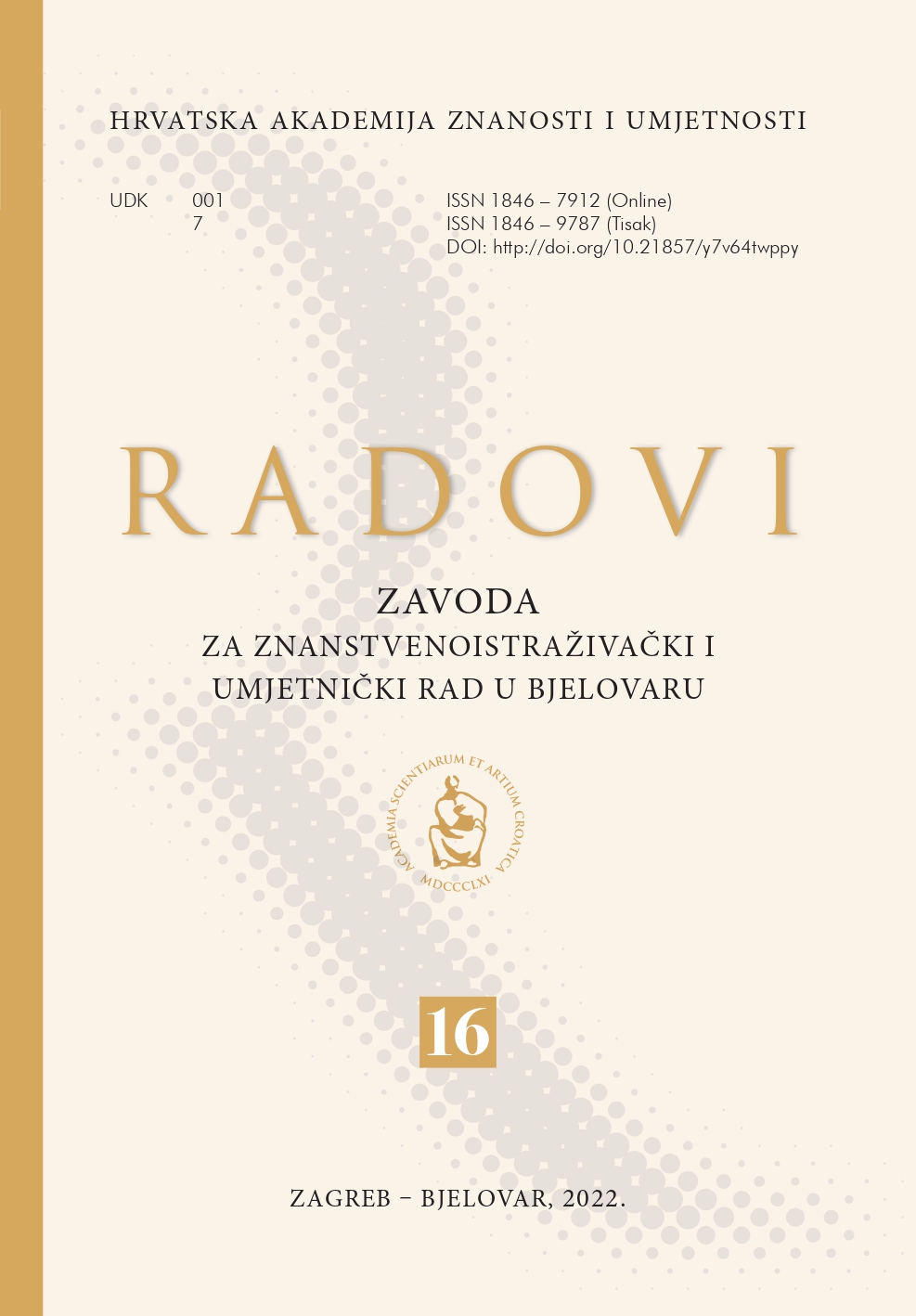
Ethnic contact zone has been for centuries present along the Croatian-Hungarian border on the axis of the Drava River, stretching from the Mura River to Vojvodina. The objective of the paper is to illustrate the main factors that influenced assimilation after the First World War, and the forming of the border between Hungary and the Kingdom of the Serbs, the Croats and the Slovenes (later the Kingdom of Yugoslavia). It further shows the status of the “imprisoned” persons of the Croatian, the Slovenian and the Serbian nationalities on the Hungarian side of the border, the characteristics of their social and economic relations with homeland, political and geographical changes that influenced their everyday life, and the consequences thereof. High-quality foreign policy between Yugoslavia and Hungary and the atmosphere created by the great European politics marked their bilateral border relations in the period between the two World Wars.
More...
Has the First World War accelerated the emancipation of women? Are wars beneficial for women or do they reinforce women’s traditional, culturally accepted roles? Do women have their position in the heroic patriotic discourse? There is no clear answer to these questions. After all, the First World War, on the one hand, accelerated the process of women’s emancipation, but on the other hand, slowed it down or even blocked it. This article deals with several memoirs written by women about everyday life during the WWI emphasizing both the emancipation (through liberties brought by the war effort to organize hospitals etc.) and the relegation to old duties as caring for the family and wounded soldiers, working for the homeland.
More...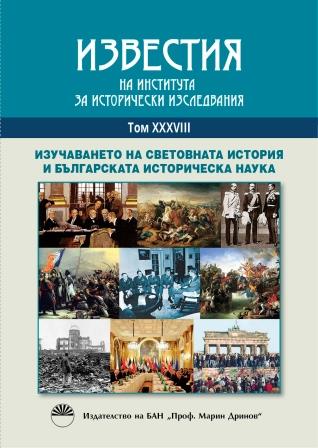
This study presents some of the leading Polish researchers with their most im¬portant works on Bulgarian history in the 20th century, written after 1989, when both the priorities and approaches in historical studies changed. It identifies three thematic blocks, in which most of the research of Polish historians is concentrated: the examination of issues of Bulgarian political history in the context of Balkan history; the study of Bulgarian historical development with an emphasis on the social and political changes in the country; and the presentation of Bulgarian-Polish relations, which understandably receive the most attention.
More...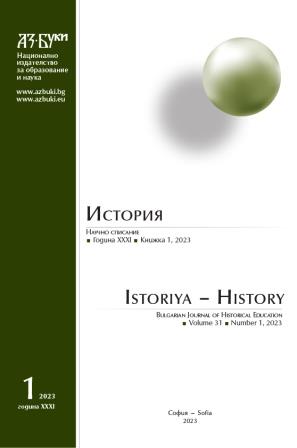
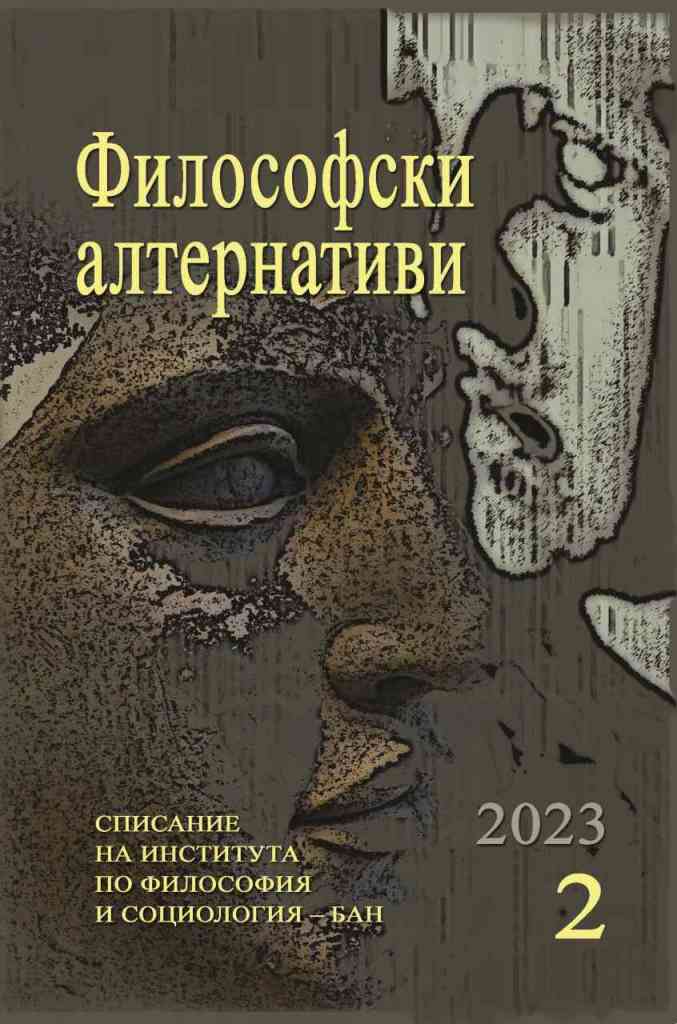
The article is a review of basic publications that refer to, relatively speaking, the Bulgarian philosophy of war. This concept includes the numerous attempts for an ontological and value-based interpretation of the Bulgarian combat experience, as well as conceptualization of the war as a social phenomenon by Bulgarian philosophers, sociologists, psychologists, military theorists, etc.
More...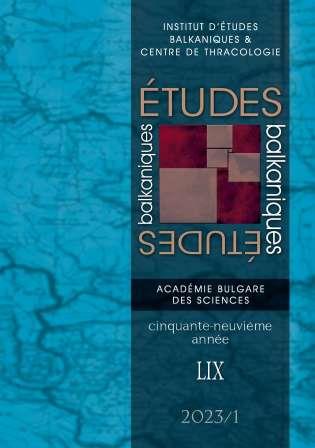
The article is devoted to the establishing and functioning of the Balkan national health systems in the late 19th and early 20th centuries on the example of Bulgaria and Serbia. The comparative analysis shows that in both countries during the period in study serious measures were taken to build a modern health system and the basic indicators derived from statistics show undeniable development in this respect in both countries.
More...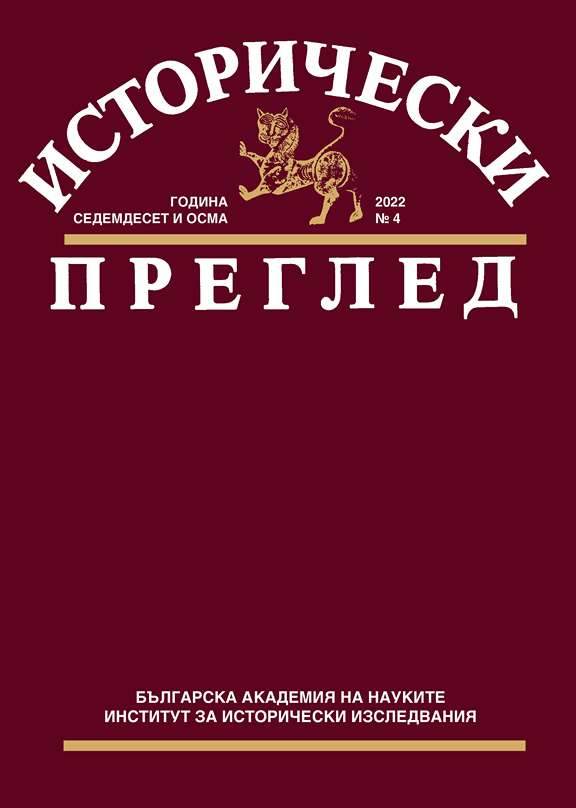
The liberation struggles during the Revival left a deep imprint on the collective consciousness of Bulgarian society. A process of searching for, preserving and popularizing evidence of the past of all kinds was being developed – including photographs, regarding the events and personalities related to the struggle for the liberation of the Bulgarians from the Ottoman rule. Celebrations were held, monuments were erected, historical events were re-enacted. Many of these events were photographed, thus the photographs became testimonies reflecting the desire to preserve the memory of the revolutionary struggle. The article examines photographs of buildings of historical significance, monuments, group and personal photographs of combatants, etc. They are found in various local and central archival collections. The descriptive method used shows how photographs participated in the process of preserving the historical memory of the movement for political independence and their role in the construction of national identity.
More...


The article deals with the history of the emergence of the Bulgarian community in the Perm region, including an analysis of its migration and displacement at the end of the 20th century. The ethnic-dispersed group of Bulgarians in the Ural-Povolgaregion was formed as a result of a series of state-regulated migration campaigns. The analysis of the archival materials of the Perm State Archive for Socio-PoliticalHistory (PermGASPI) shows that a large part of Bulgarians ended up in the region as a result of forced emigration (dispossession (Dekulakization), deportation) from the territories of the Ukrainian SSR, the Moldavian SSR and the Crimean ASSR, and only several people are political emigrants from Bulgaria itself. In the text are used, in addition to archival materials, interviews containing memories of Bulgarians concerning their life in the Perm region.
More...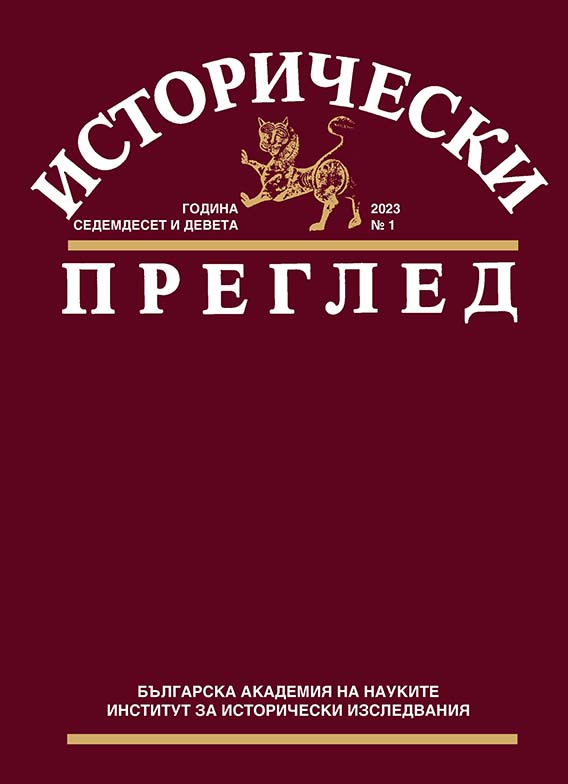
The problem of afforestation on the area of Koprivshtitsa is not researched by historians, which makes it an interesting topic for investigation. The recent unscrupulous act of deforestation in the area of Koprivshtitsa brings to light the necessity of pine tree zone around the town. The main purpose of the present publication is to track the stages of the afforestation process in Koprivshtitsa from 1904 to 1944; to summarize the motives of local people who embarked on the first afforestation actions; to explain the benefits of afforesting the eroded soil, and to consider afforestation in Koprivshtitsa as a concrete example of the implementation of the state policy undertaken by the Ministry of Trade and Agriculture. The long-term goal of afforestation in Koprivshtitsa was to improve the climate as well as the appearance of the settlement, turning it into a small mountain resort and improving the living conditions of the local population.
More...
The article aims to examine the role of textbooks on history and civilizations for the 9th grade in the acquisition of knowledge about modern economic life, the assimilation of economic ideas and concepts that form the economic literacy of students. The textbooks are examined, analyzed and compared with regard to the above purpose. The article draws attention to those of them that present ideas, policies and personalities in the field of economics that had a strong impact in the 20th century. The textbooks present the good examples that contribute to the orientation of the students in the complex economic life of Modernity. The economic knowledge of young people is an important part of their civic culture, which will ensure their successful inclusion in the economic and social life of Bulgarian society.
More...